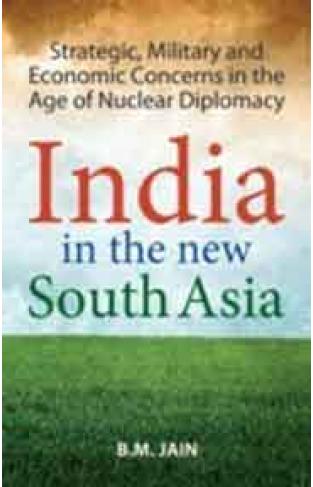The new South Asia differs fundamentally form the old South Asia of the Cold War era. Undeniably, the region’s geopolitical, geostrategic and security landscape have undergone a major transformation following the nuclear weapon tests carried out by India and Pakistan in May 1998, and the events of 9/11. B.M. Jain here argues that these developments have, on the one hand, contributed to enhancing Pakistan’s geostrategic importance to the United States; fighting a global War on terror with the military and logistical support of Pakistan. However, on the other, India’s loss of strategic pre-eminence with the attainment nuclear parity by Pakistan has complicated the New Delhi-Islamabad relationship on the interconnected issues of Kashmir and cross-border terrorism.
Jain addresses how the unprecedented terror attacks in Mumbai in November 2008 whipped up war hysteria in both India and Pakistan, thereby jeopardizing South Asian security and stability as well as threatening global peace and security. Furthermore, it critically examines India’s relations with neighbouring countries in light of the latest developments, such as the Maoist-led government in Nepal, fragile democracy in Pakistan, the ongoing ethnic conflict between LTTE and Sri Lankan government forces, and the rise of anti-India radical militancy in Bangladesh. In light of this, the book re-evaluates India’s security and strategic policies in the new South Asia of the post 9/11 era as well as making a reappraisal of its turbulent ties with Pakistan, Nepal, Bangladesh and Sri Lanka by taking into account geostrategic concerns and interests of the United States, Russia and China in the region.
This book will be invaluable for public policy makers and strategic analysts who are working hard towards realizing the vision of a democratic, secure and peaceful South Asia, as well as for the academic and student community engaged in the study of India and South Asia.












